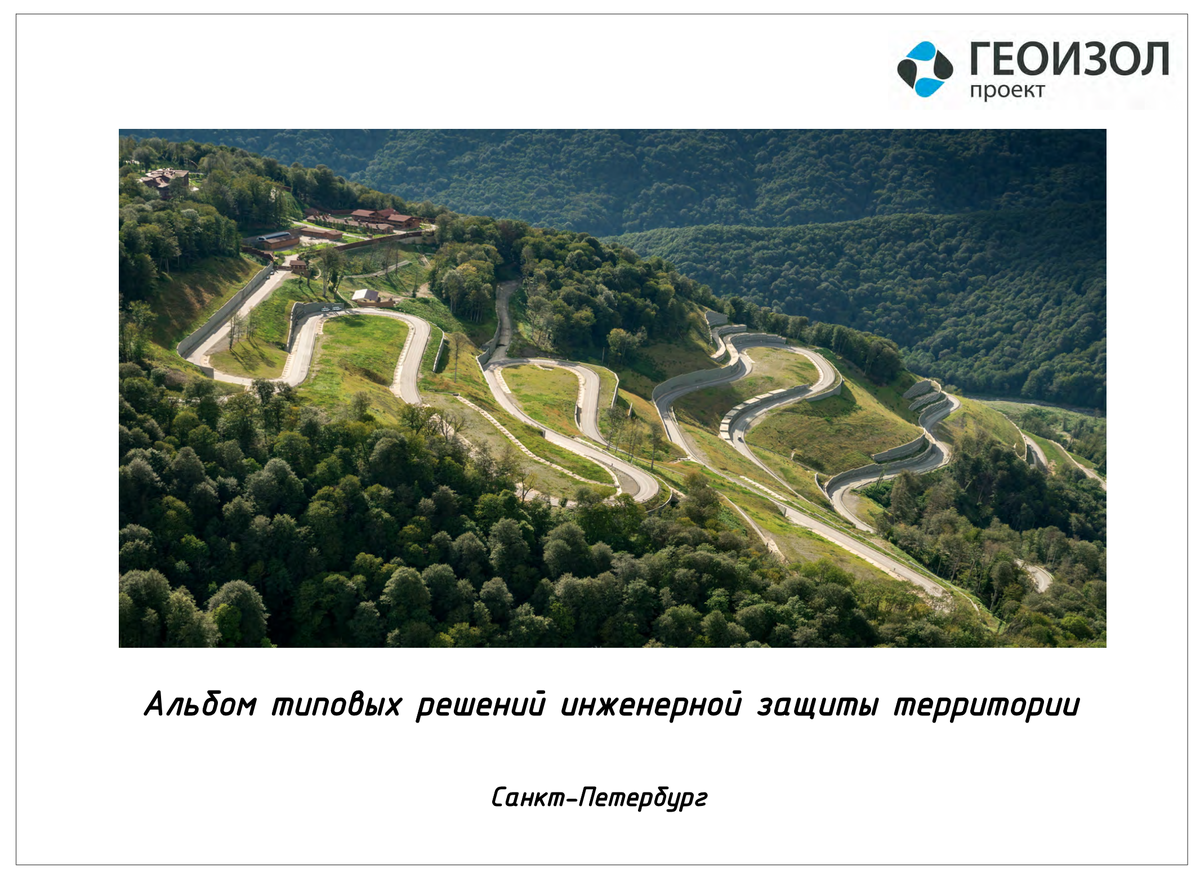GEOIZOL Project purchased new LIRA 10 software and organized training employees.
Until recently, GEOIZOL Project engineers used the SCAD Office as the main tool for computing ground structures. Now the toolbox has expanded with the LIRA 10 program.
Working in two alternative complexes allows designers to take advantage of each of them, as well as performing cross-calculations to check design decisions.
Both complexes are based on the finite element method, solve similar problems, and have certificates of compliance with Russian regulatory documentation. They are designed for the stress-strain state analysis of structures and their stability, statics, and dynamics problems solving.
One of the significant differences between the programs is the methods of finite element calculations which are implemented in different ways. Thus, the results of calculations for complex objects performed on each of the complexes may differ.
Working with two programs expands the capabilities of GEOIZOL Project while making construction solutions.
This allows engineers to ensure quality control when designing objects with a high level of responsibility, which includes highly dangerous, technically challenging, and unique buildings and structures. Also, the availability of an alternative software package makes it possible to perform verification calculations when conducting independent control of project documentation made by third-party companies.
Calculations in two independent programs are set in the regulations.
In particular, this recommendation is given by GOST (the USSR Standard-Setting Authority) 27751-2014 “Reliability of building structures and foundations” for validation of calculation models (clause 12.4). And for the KS-3 class of structures, the same document obliges to conduct independent design quality control in a third-party organization (often contracts specify the condition for using an alternative calculation program).
Performing calculation of the foundations of high-rise buildings in two programs at least is regulated by RCN (Regional Construction Norm) 31-332-2006 of St. Petersburg ” Residential and public high-rise buildings “(clause 7.3.17). A similar requirement for pile foundations of structures of the KS-3 class is put forward by Code of practice 24.03330.2016 “Pile foundations” (clause 7.7.6).
Besides, Glavgosexpertiza in Letter N 24-10-3/1281 of June 28, 2004 “On improvement of quality in feasibility studies of design decisions of building structures” gives a recommendation to the subordinate organizations to request a feasibility study of design solutions made by two independent programs.

